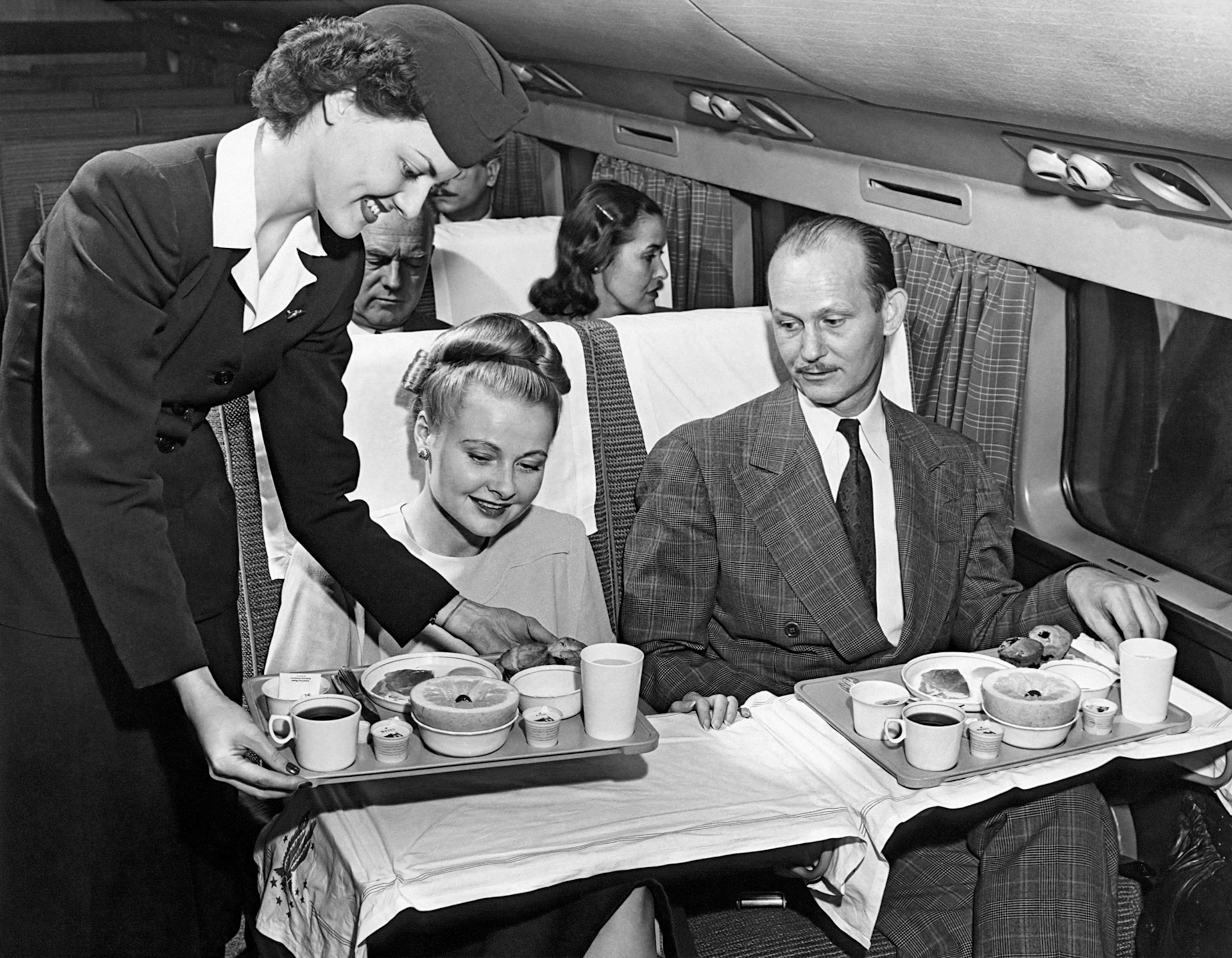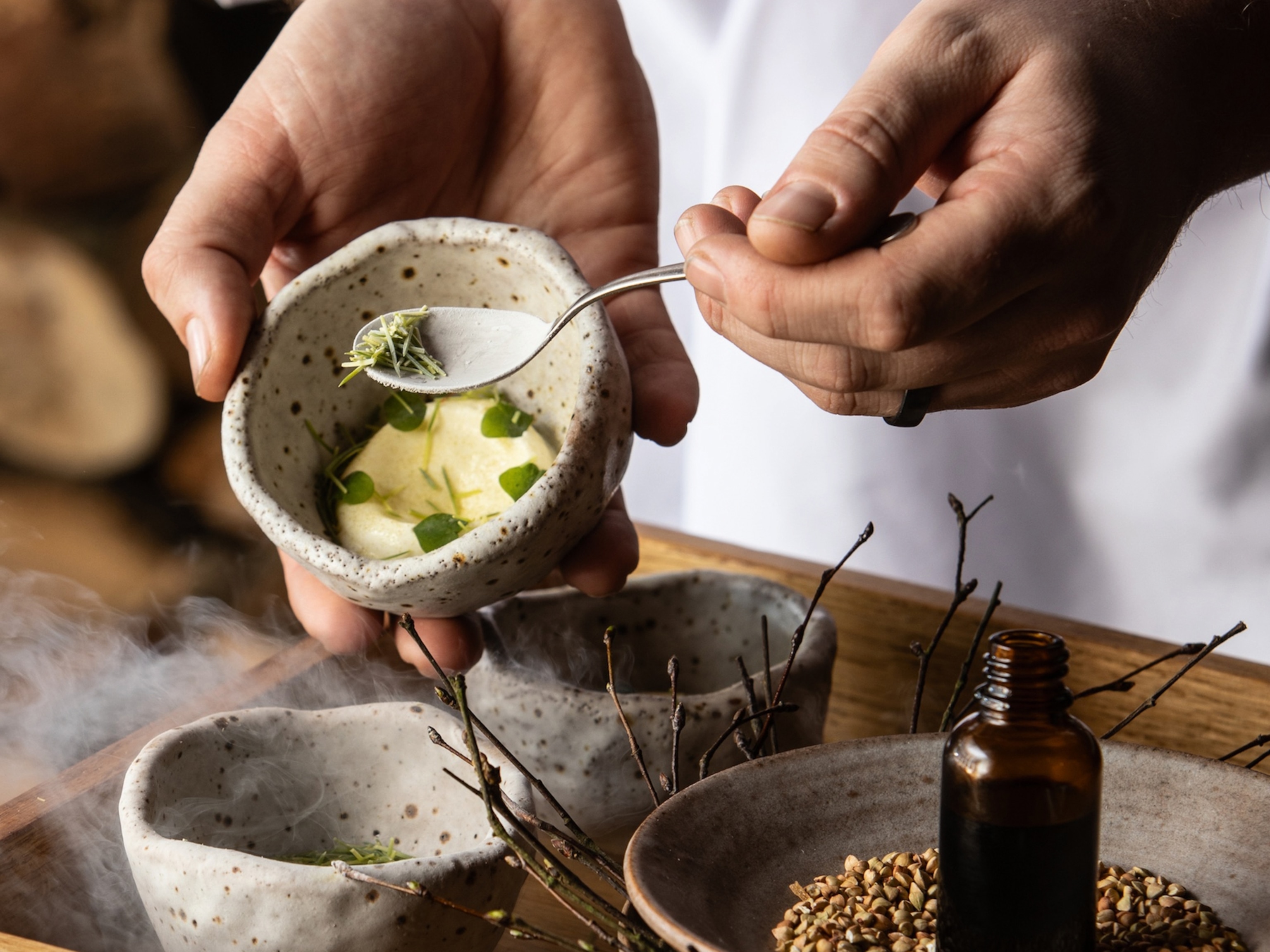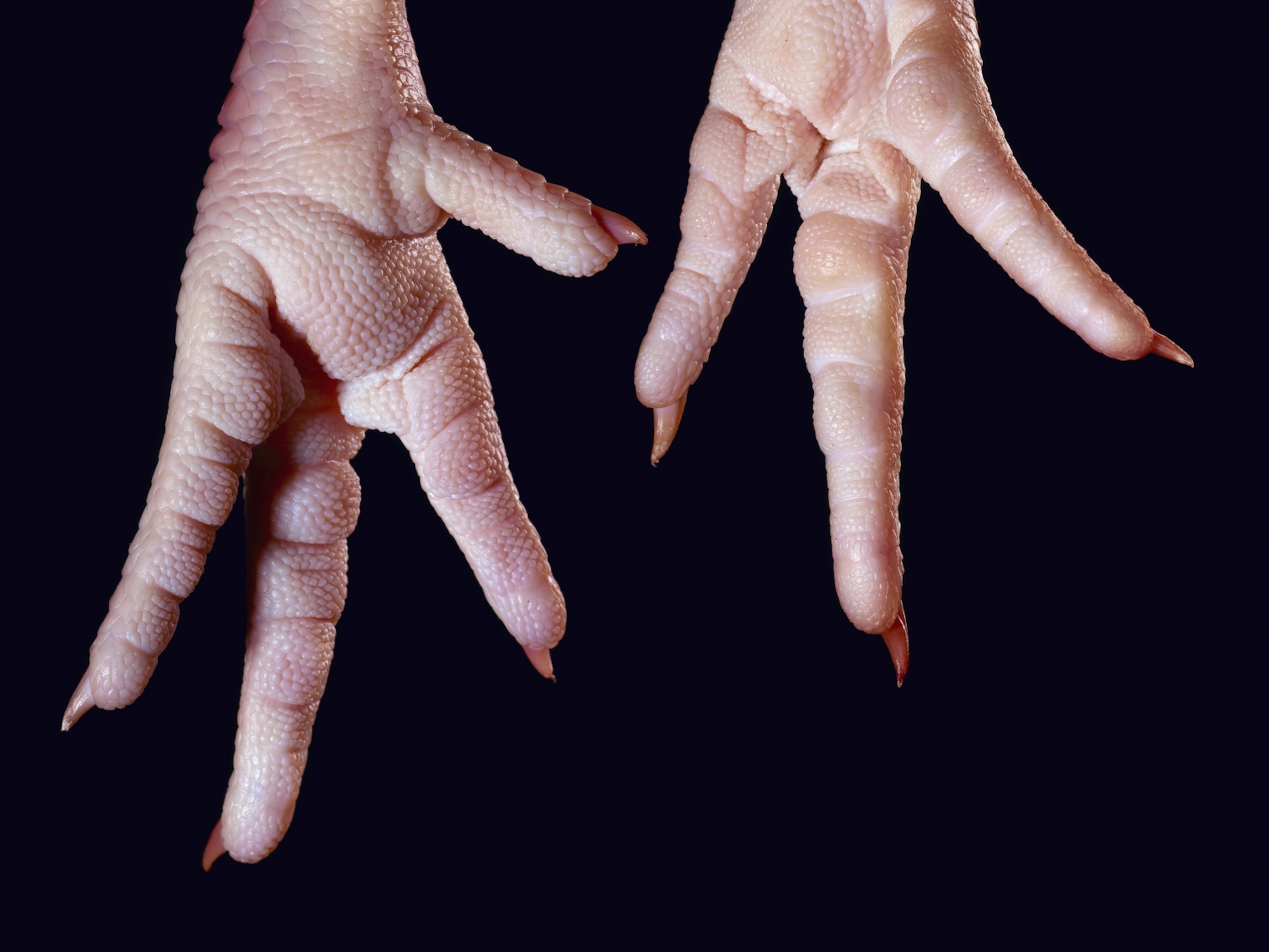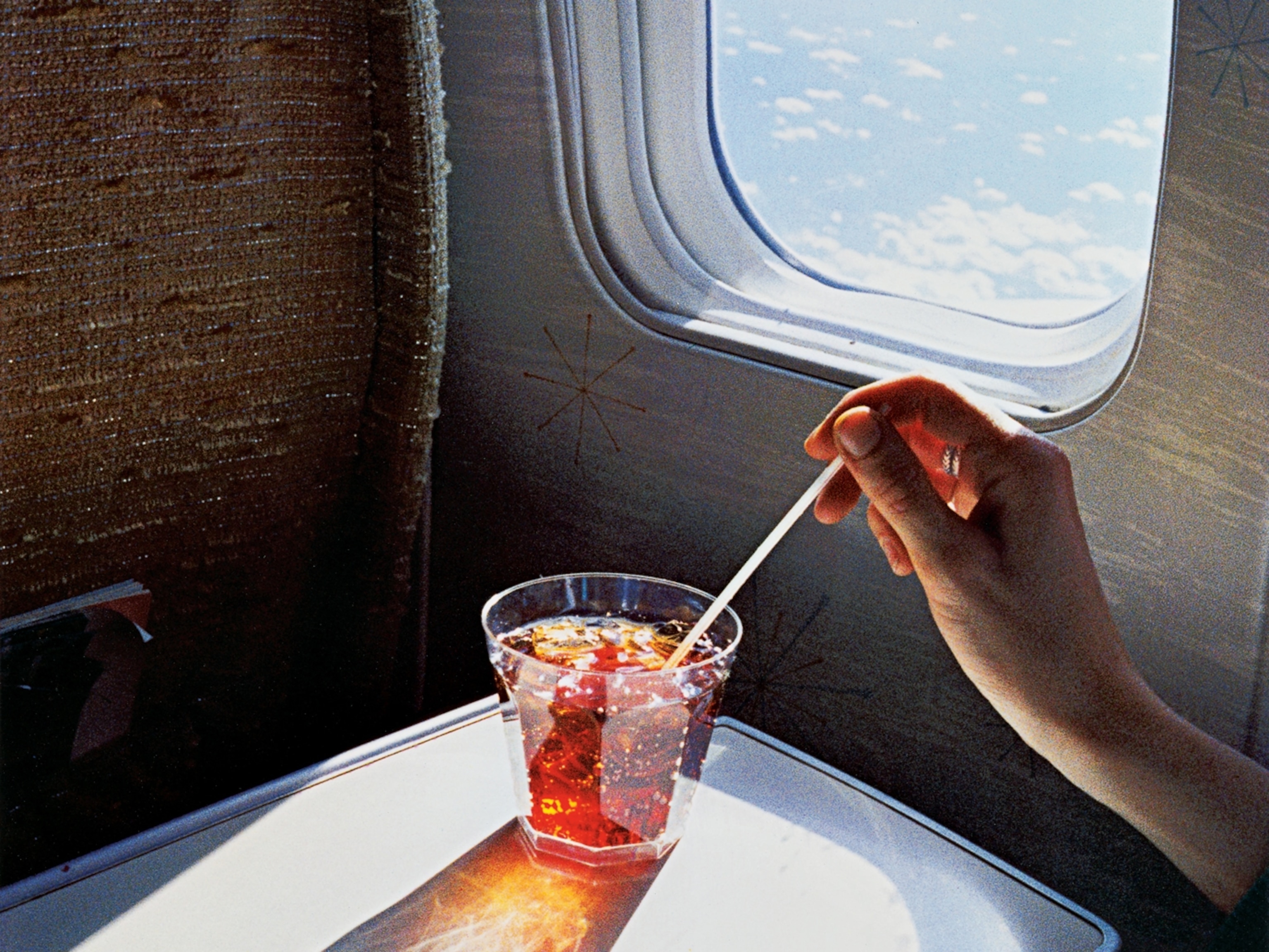
Why Your Bloody Mary Tastes Better on a Plane
Who among us has never complained about airplane food?
Today’s in-flight offerings tend to be so common, so bland, so offensively inoffensive. The gluey chicken or the dense pasta? If the plastic tray offerings weren’t so good at breaking the monotony on an hours-long flight, the answer for most people, on the ground at least, would be “no thanks.” Unless, oddly, it involves tomatoes. More on that in a minute.
But airline food has a deeper story. There’s a reason every item served on board, from ginger ale to a dinner roll, was chosen to fly. Each one tells a story about the history of flight and of human taste.
Take the early days. At the dawn of commercial travel, flights were slow and distances long. Food was the only entertainment available. To build the feeble business of commercial air travel, airlines made the service luxurious, which, aside from well-dressed pilots and smiling stewardesses, brought lobster, prime rib, and glasses of wine always topped off.
Just 50 to 60 people on board was a small enough audience for luxury service. “The travail has been taken out of travel,” a Pan American ad from 1958 proclaimed. An announcer also pointed out each trans-Atlantic jet was equipped with four simultaneously-operating galleys, each producing delicious food in less than five minutes. No cabin pressurization meant that low-flying planes kept the air—and the meat—from drying out.

Every innovation in flight has come at the expense of food. Economy class, which arrived in the 50s, meant stuffing more people into less space, which eventually resulted in compromising kitchens for more seats. More seats demanded more meals, making five-star dining unfeasible (and awkward). Airlines that first employed on-board chefs contracted out meal-making to less costly companies.
Food prepared in advance came with new demands: it had to be produced quickly, en masse, easily frozen or refrigerated, even more easily reheated, adaptable to many diets, and much further down the list, agreeable to the taste buds. People were flying for the ride, not the meal, so why put such disproportionate effort, and money, into gourmet food?
Science picks it up from there. A series of studies explain today’s food, and why your in-flight standards differ from what you’d expect in a normal restaurant.
Cabin pressurization does strange things to us. It mutes our taste. And according to research, white noise, like the roar of a jet engine, makes things seem less sweet. When flying at 35,000 feet, even if the cabin is pressurized, low humidity can dry out your nose, reducing sensations of taste. If you’ve ever wondered why each meat item on a plane is bathed in gooey sauce, it’s to solve that moisture problem. If you were to serve a nice breast of chicken, which you can do on board, within a minute or two, the chicken would be like sawdust, as Guillaume de Syon, a historian who has studied airline food, told the Atlantic last year.
But there’s a loophole to all this. If you’ve ever drank tomato juice on an airplane but not on the ground, that’s because of a strange anomaly. “All those travelers who order a Bloody Mary after the seat belt sign has been turned off have figured out intuitively what scientists are only now slowly coming to recognize empirically,” a team of British researchers speculated last year.
Unlike your normal taste sensations—sweet, salty, sour, and bitter—the fifth taste, umami, appears to be immune to those in-flight inhibitors. Even amid loud noise and low pressure, your tongue can still taste the savory flavors in foods like tomatoes, carrots, mushrooms, and potatoes. It’s not subtle, either. Lufthansa, the German airline, commissioned its own research last year after noticing passengers ordered as much tomato juice as beer. Its harsh acidic taste is masked, while its savory qualities are unchanged.
The primary question is whether findings like this will change airline food of the future. Although most U.S. domestic carriers transitioned to for-purchase food wrapped in plastic—again, that moisture problem—many overseas flights still serve full meals. Professional chefs are at work trying to make them more tasty, particularly for high-end fliers. It’s possible that tomorrow’s airline meals will be heavy in umami foods, none more pronounced than tomatoes. Once that’s decided, however, finding them fresh, and serving them fresh, will be the next problem to solve.





